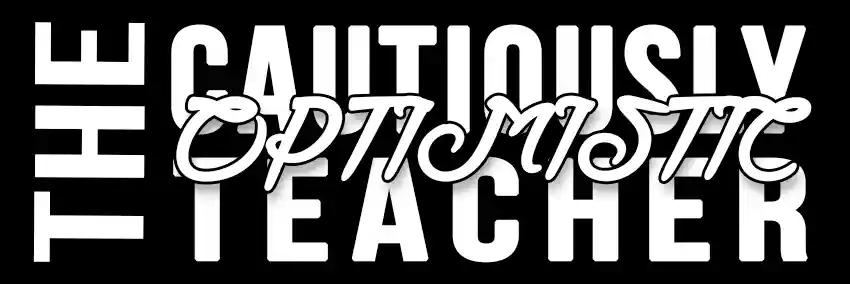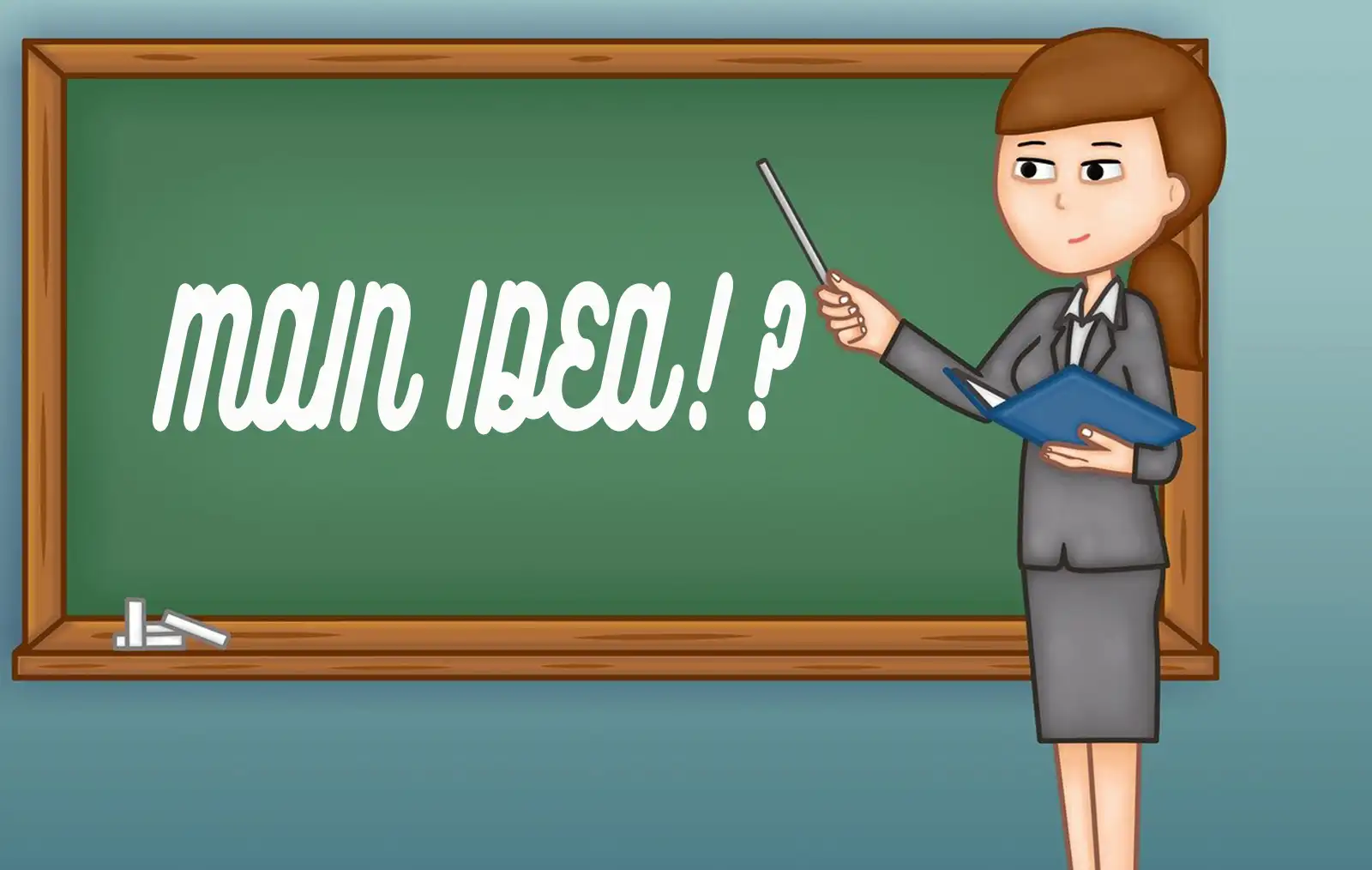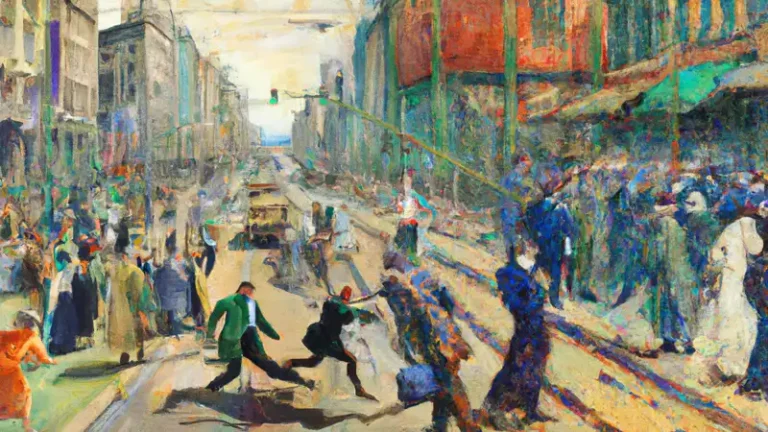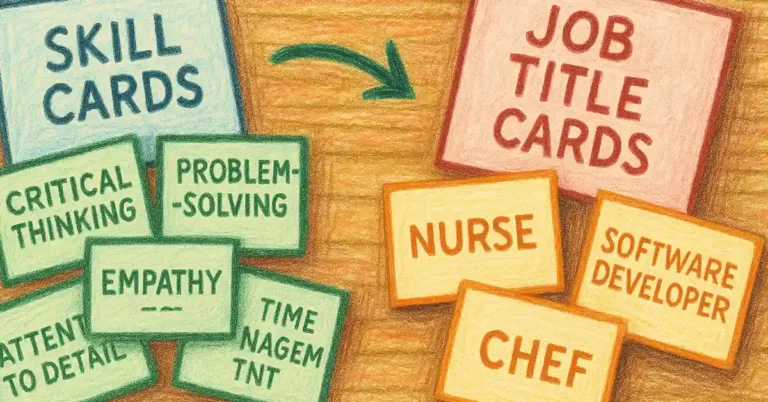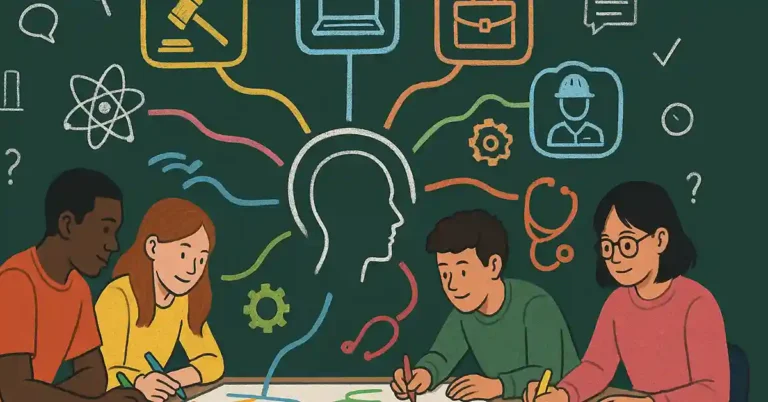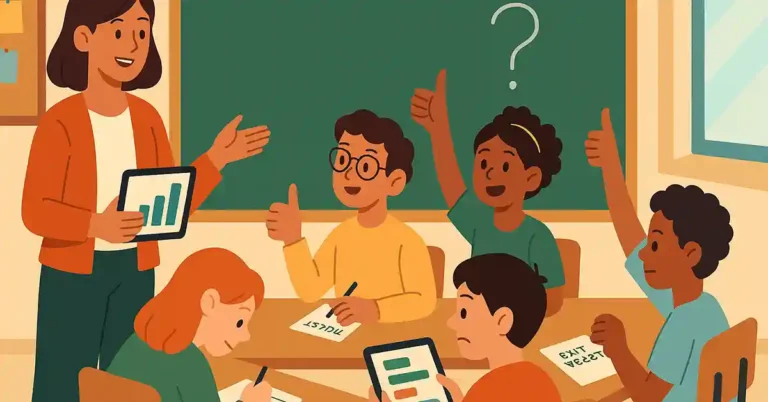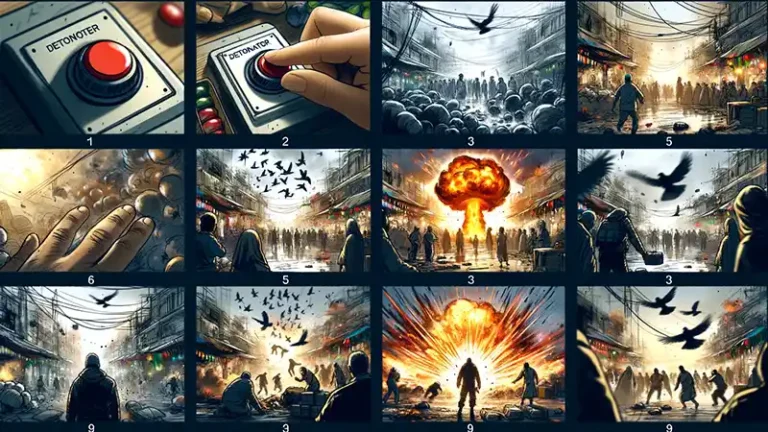20 Strategies for Teaching Main Idea to Struggling Students
The main idea of a text is more than just another term in our teaching dictionary; it’s the cornerstone of comprehension. But what happens when some of our students can’t seem to grasp it? Do we give up? Absolutely not! Every child has the potential to flourish, and it’s our sacred duty to guide them there.
In this enlightening blog post, we’ll look at 20 different activities to teach the concept of main idea in a way that resonates and captivates our struggling students. From engaging activities to innovative teaching methods, get ready to be inspired and equip your teaching toolkit with methods that truly make a difference because all English language learners deserve that “Aha!” moment.
Strategies for Teaching Main Idea
1. Title Clues
The title isn’t just a fancy header—it’s often a significant hint to what lies ahead. When introducing a new passage, ask students to turn into detectives, trying to deduce the main idea from the title. It’s like giving them a puzzle piece before they see the whole picture. Once they’ve made their predictions, they can dive into the reading, circling back afterward to see how accurate their initial guesses were. This method sharpens their predictive skills and prepares their minds to actively search for the central theme while reading.
2. Topic Sentence
Ah, the trusty main topic sentence—a beacon of clarity in a sea of text! It’s surprising how often this golden nugget of comprehension is overlooked. When a student struggles to identify the main idea, pointing them towards the topic sentence can indicate the text’s main idea. Organize activities where students read several paragraphs, highlighting or underlining the topic sentences. With consistent practice, they’ll start recognizing these pivotal sentences on their own, paving their way to better comprehension.
3. Summarizing
If brevity is the soul of wit, then summarizing is the heart of comprehension. Asking students to condense a multi-paragraph passage into a single sentence in their own words pushes them to sift through the key details, keeping only what’s most essential. This process makes them evaluate content critically, letting the important ideas emerge naturally. Initially, you might get some amusing or off-target summaries, but that’s part of the journey. Over time, as students refine this skill, they’ll gain a deeper and more nuanced understanding of texts.
4. Graphic Organizers
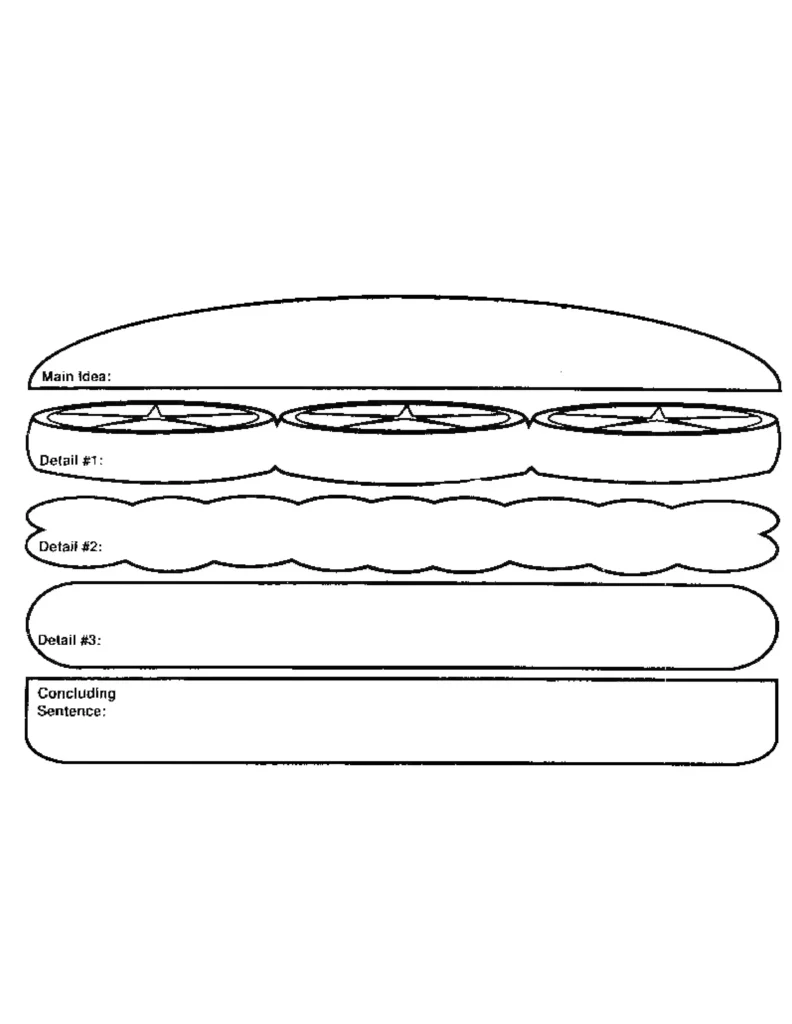
Visual learners, rejoice! Graphic organizers are versatile, engaging, and incredibly effective like the Swiss Army knife of comprehension tools. For instance, the “hamburger” diagram provides a fun way to see structured writing. In this model, the top bun represents the main idea, introducing the ‘flavor’ of what’s to come. The fillings—lettuce, tomato, cheese, and meat—represent the juicy details and supporting facts. And then there’s the bottom bun, grounding everything and reinforcing the main theme. Such vivid, tactile metaphors can turn a challenging concept into a delicious learning experience. The beauty of a graphic organizer or an anchor chart is that they allow abstract ideas to take a tangible form, making the most important information more accessible and memorable.
5. Eliminate Details
Think of this strategy as a process of elimination, much like sculpting from a block of marble. You start with a dense paragraph filled with details, and the students’ job is to chip away non-essential pieces until the core – the main idea – is revealed. This hands-on approach forces students to discern between pivotal and peripheral information. It’s a kinesthetic method of understanding, letting students actively engage with the text, line by line, to discern what truly matters. Over time, students will be able to recognize the central idea without the need to physically cross out details, making their reading more efficient and focused.
6. Comparison
Comparison is a fantastic way to foster critical thinking. When students are presented with two different passages on a similar topic but with different main ideas, it challenges their preconceived notions. They must not only identify the main idea of each passage but also compare and contrast them. This exercise is a systematic approach that sharpens their analytical skills and makes them more adept at spotting textual nuances. It’s like giving them a literary magnifying glass, helping them delve deeper and recognize subtle differences.
7. Visual Representation

They say a picture is worth a thousand words, and in the realm of comprehension, this couldn’t be truer. Asking students to create or find a visual representation of a passage’s main idea taps into their creative side. This activity can be particularly beneficial for visual learners who might struggle with traditional text-based approaches. Students cement their understanding by turning the main idea into an image, symbol, or even a collage and make personal connections to the text. This strategy is not just about comprehension; it’s also about expression, allowing students to showcase their unique interpretations.
8. Questioning
Every great investigator knows that the right question can unlock the truth. By turning the main idea into a question, you’re transforming students from passive readers into active seekers. This proactive quest for answers engages their curiosity and directs their attention to key points in the text. For instance, if a passage delves into the benefits of recycling, framing it as, “What are the benefits of recycling?” sets a clear objective for students. They’re on a mission as they comb through the content: to find and piece together the answer. This approach makes reading purposeful and directs students straight to the heart of the passage.
9. Highlighting Exercise
The simple act of highlighting can transform a passive reading activity into an active learning experience. By giving students a passage and encouraging them to highlight important details and the main idea, you give them the autonomy to judge the content. Following the exercise with a discussion allows for rich, collaborative conversations. Students can compare and justify their choices and, in doing so, refine their understanding. Plus, it’s a wonderful way for educators to gauge where students might be facing challenges and address them immediately. This is one of the best ways to approach nonfiction texts.
10. Real-world Application
A special kind of magic happens when classroom lessons mesh seamlessly with the real world. By incorporating current events into your lesson, students learn about the main idea and become informed about the world around them. This dual-purpose strategy fosters a sense of relevance to common themes in society. When students see that the skills they’re honing have immediate, real-world applications, their motivation skyrockets. It’s a timely reminder that comprehension isn’t a mere classroom exercise—it’s a tool for life.
11. Pre-reading Vocabulary
The road to understanding can sometimes be blocked by challenging words. For many struggling readers, bumping into unfamiliar vocabulary can disrupt their flow, causing them to lose sight of the bigger picture. By pre-teaching these potential stumbling blocks, you’re clearing the path, allowing students to journey through the text more easily and confidently. Equipped with this understanding, they can engage with the text more holistically, making it easier to discern the main idea.
12. Chunking Text
Sometimes, diving into longer texts can feel like being tossed into the deep end of a pool. This is where the chunking strategy comes into play. By breaking text into simple passage(s), students can focus on understanding one section at a time, building their confidence progressively. After each section, pausing to identify and discuss its main idea helps solidify their comprehension. As they move from one chunk to the next, they also develop a sense of continuity and flow, piecing together the overarching main idea by the end of the passage. This is a great strategy when close reading is necessary because the main idea of the text is complicated.
13. Guided Reading
Imagine venturing into unknown territory with a seasoned guide by your side. That’s the essence of guided reading. It offers a supportive environment where students can navigate a passage under the watchful guidance of a teacher. Pausing periodically for discussions achieves two things: it allows for immediate clarification of doubts and fosters a sense of engagement. Predicting the main idea of the paragraph as you read together can turn into a fun, interactive game, making the process both educational and enjoyable.
14. Repeated Readings

Familiarity breeds understanding. The first read-through of a passage might offer a vague idea. The second read may reveal nuances, while the third can deepen comprehension. Encouraging students to revisit the same passage multiple times allows them to peel back layers of meaning with each reading. Repetition enhances fluency and allows students to engage with the text on multiple levels. Over time, extracting the main idea of a paragraph becomes a more intuitive and swift process.
15. Sentence Frames
Sometimes, students grasp the main idea but struggle to articulate it. Sentence frames serve as scaffolding, supporting them in structuring their thoughts. These templates offer a clear format for students to slot in their responses, making the task less daunting. For instance, the frame “The main idea of this passage is ______. I know this because the text says ______” not only prompts them to state the main idea but also encourages them to cite evidence, reinforcing their understanding of an informational text. It is also a great way to demonstrate the main idea statement.
16. Use Annotations
Annotations are like breadcrumbs on the path to comprehension. Teaching students to annotate is akin to equipping them with a toolbox. Underlining or highlighting helps them identify salient points, while margin notes offer space for reflections, questions, and connections to background knowledge. These little marks and scribbles become signposts that guide students back to critical moments in the text, aiding them in synthesizing information and discerning the main idea of a passage. Over time, as students develop their annotation style, they’ll find themselves engaging more deeply and critically with texts.
17. Interactive Note-taking
Just as an artist’s sketchbook is filled with evolving ideas and impressions, an interactive notebook can be a student’s canvas for capturing their evolving understanding of a text. Instead of passive absorption, interactive note-taking prompts students to actively engage with the material. They can categorize information into sections like ‘main idea,’ ‘supporting details,’ and ‘evidence,’ creating a visual and structured representation of the text. Over time, this strategy reinforces the habit of continually seeking out the big idea and its supporting elements, transforming the act of reading into a dynamic dialogue between the reader and the text.
18. Modeling and Think-Alouds
There’s immense power in making the invisible visible. Understanding how proficient readers approach a text remains a mystery for many students. But with modeling and think-alouds, educators can pull back the curtain. Teachers give students a live demonstration of effective reading strategies in action by verbalizing their thought processes, from questioning and predicting to connecting and summarizing. This real-time modeling is a great way to illuminate the cognitive steps in identifying the main idea, offering students a roadmap to emulate and adapt in their reading.
19. Discussion Groups
Learning is often social, and the synergy of group discussions can be a catalyst for comprehension. By pairing struggling readers with their more proficient peers, you’re fostering an environment of collaborative learning. With their adept skills, the stronger reader can guide the conversation, posing questions and clarifying ambiguities. But this isn’t just beneficial for the struggling reader. The process also solidifies the stronger reader’s understanding, as teaching often reinforces one’s grasp of a subject. Through this shared exploration of the text, both students walk away with deeper insights and a collective sense of accomplishment.
20. Use of Multimedia
We live in an age of multimedia, where information is relayed not just through words, but images, sound, and motion. For some students, especially those with varied learning styles, a passage might click into place when complemented by a visual or auditory representation. Watching a video or listening to a podcast on the same topic of the text can illuminate facets of the previously murky text. This multi-sensory approach ensures that students have multiple entry points to understanding, making the main idea more accessible and memorable.
In wrapping up, it’s crucial to recognize that every student’s journey to proficiency is unique and often laden with challenges. Yet, with patience, repetition, and unwavering support, they can overcome obstacles and thrive. Every small victory—a correctly identified main idea or a nuanced understanding of a challenging text—deserves celebration. Just as a musician refines their craft through constant practice and feedback, our students will grow in their reading skills with consistent guidance and reinforcement. The road to mastering main idea skills may be long, but with varied instructional approaches and persistent effort, they will soon excel in discerning the heart of any text. As educators, our commitment to them during this journey is the beacon that lights their way to success.
